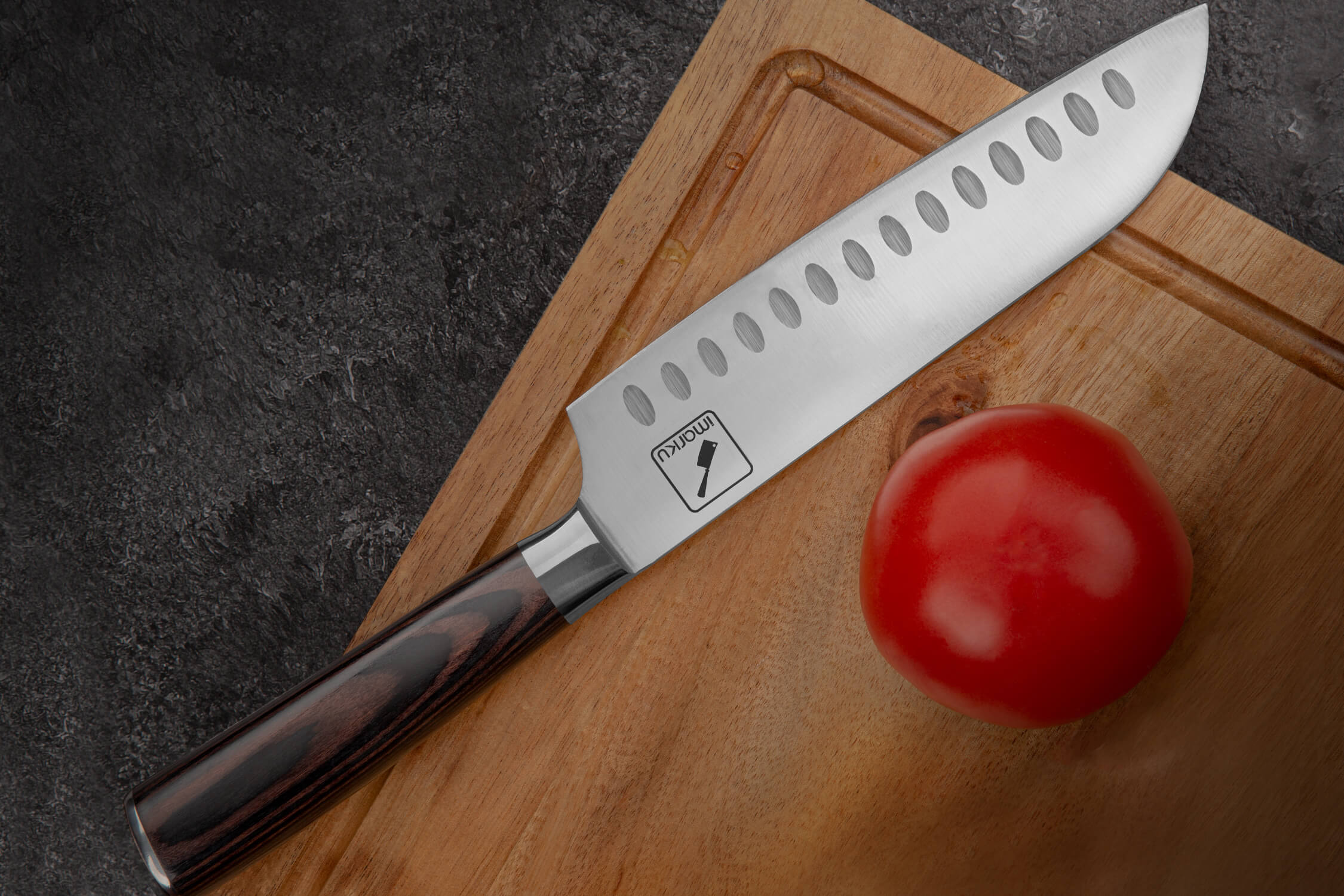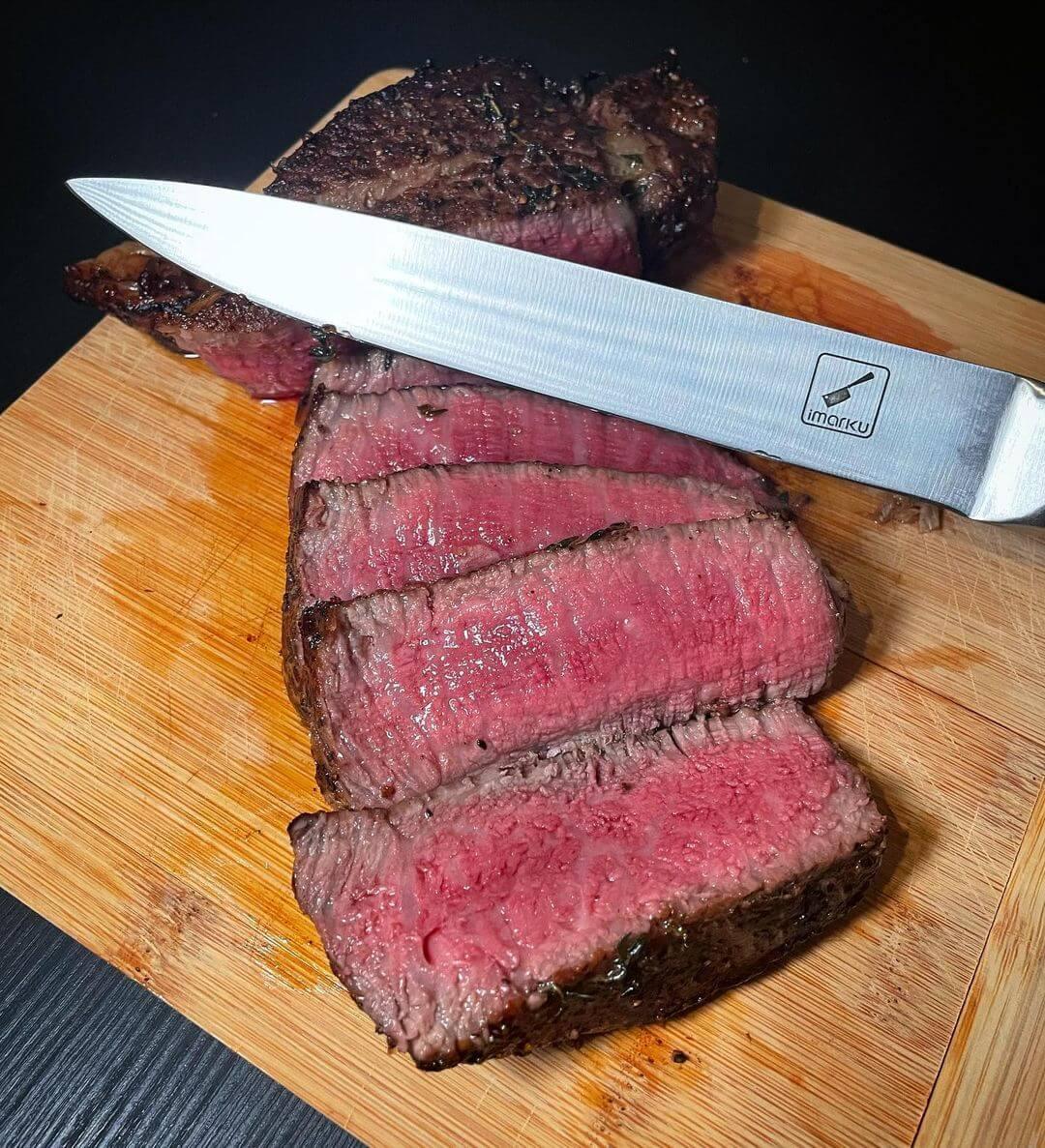
Best Carbon Steel Wok to Buy in 2025
In this article, we'll be discussing everything you need to know about a carbon steel wok, including which products best to use as well as some FAQs. You should be able to get more insight and know...

Butcher knife VS Cleaver, 4 Key Differences + Uses
Butcher knives and cleavers are among the most popular knives in the kitchen. They are normally used to cut, split, and even strip the meat from bones. While their functionalities may appear simila...

The Ultimate Guide to Sharpening Knives with a Stone
This article will guide you through the intricate process of sharpening your knives to perfection, ensuring optimal performance and longevity.

Best Pots and Pans for Electric Stove of 2025 (Pros & Cons of Each)
The pots & pans we feature are among the best for any electric stove. You'll discover the types of electric stoves and the buying guide to the best cookware sets for your electric stove.

The Benefits Of Buying A Good Quality Chef’s Knife
The right tool for a task makes it easier and creates better results. It’s why professional chefs and home cooks alike reach for their professional-quality chef’s knife for most of their prep work ...

Japanese VS German knives: which one is better?
After all, knives only serve one purpose, right? each kitchen knife has a different purpose. If you are curious to learn which type would win in the German vs. Japanese knives battle, you've landed...

5 Best Stainless Steel Cookware of 2025 Worth A Look
Looking for the perfect stainless steel cookware? We wrote this article specifically for you with durability, quality, and functionality being the top priorities. Easy to understand with no technic...